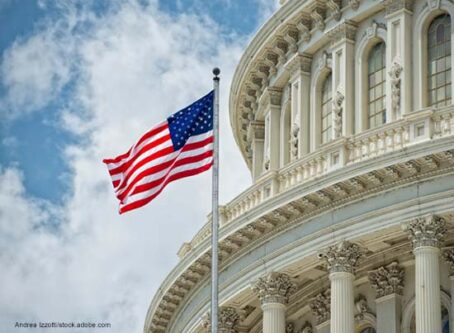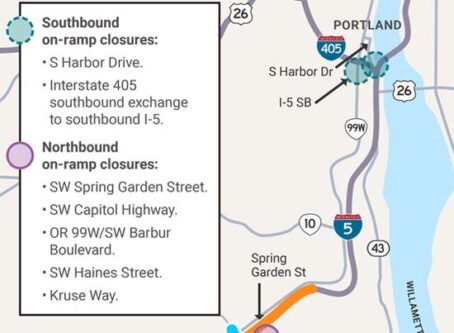Automated vehicle policy recommendations emphasize federal action
With few policies at the state and federal level regarding automated vehicles, the American Association of State Highway and Transportation Officials is recommending automated vehicle policy principles for lawmakers to consider.
Recently, AASHTO released a report titled “AASHTO Connected and Automated Vehicle Policy Principles,” which lays out transportation officials’ stance on automated vehicle policies for President Joe Biden’s administration. The first of its kind, the association will update the report each year to reflect changes in technology and policy.
At the top of the list, the association recommends some sort of national strategy, including a deployment readiness strategy. AASHTO stated that “federal research is critical to advance (connected and automated vehicle) technology including multimodal applications for public transit and shared mobility.”
Similarly, AASHTO wants to see a uniform national policy to avoid a patchwork of state policies, which is what is happening now. Currently, only certain states allow testing and deployment of automated vehicles. Those automated vehicle policies vary state to state. Consequently, preparing for automated vehicle interstate travel is proving to be difficult to navigate.
One controversy surrounding automated vehicle policies is safety and transparency. Currently, the only federal action taken on the matter is the U.S. Department of Transportation’s autonomous vehicle guidance called “Ensuring American Leadership in Automated Vehicle Technologies: Automated Vehicles 4.0,” better known as AV 4.0.
Although safety reporting measures are part of the guidance, they are all voluntary for manufacturers. The Owner-Operator Independent Drivers Association said the guidance is just a continuation of the shortcomings of AV 3.0, which “lacked substantive data to support its ‘vision,’ and prematurely proposed eliminating a human driver from operating an automated (commercial motor vehicle).”
Just ahead of a potential, large-scale infrastructure bill, the automated vehicle policy recommendations include federal infrastructure investment.
Specifically, funding for both digital and physical infrastructure that improves safety and advances technologies will be needed to move forward.
Another concern regarding automated vehicle policy deals with the roles of state and federal governments. Some state officials are expressing concern over losing certain rights that have been given and preserved for the states. Some examples of state roles in transportation policies include regulating driver’s licenses, vehicle registration, insurance and training. AASHTO recommends preserving those roles when applied to connected and automated vehicles.
Additionally, AASHTO’s automated vehicle policy principles express the importance of transparency to inform communities and policymakers. This includes developing performance measures, safety verification and sharing of knowledge regarding vehicle safety efficacy from which other states can learn.
Connected and automated vehicles are the future, according to the transport officials association. Connected vehicles technologies (vehicle-to-infrastructure and vehicle-to-everything) use wireless local area networks to connect to the internet. For example, that WiFi connection can allow apps on infotainment systems, remote parking, geo-fencing and other features. Consequently, connected and automated vehicle technologies oftentimes go hand in hand.
To ensure the safety and efficiency of these technologies AASHTO strongly supports the preservation of the 5.9 GHz spectrum exclusively for vehicle technologies. However, the association and the Federal Communications Commissions have been in a battle over rights for that spectrum. For more details on the 5.9 GHz controversy, click here.
“Many unknowns remain for (connected and automated vehicles),” AASHTO stated in the report. “The path and timeline to deployment is unclear. Level 5 automation technology is costly to develop. It is unclear whether (connected and automated vehicles) will be individually owned or shared. The public remains unfamiliar and skeptical of the technology. The (connected and automated vehicle) industry continues to evolve, consolidate, and change.” LL









